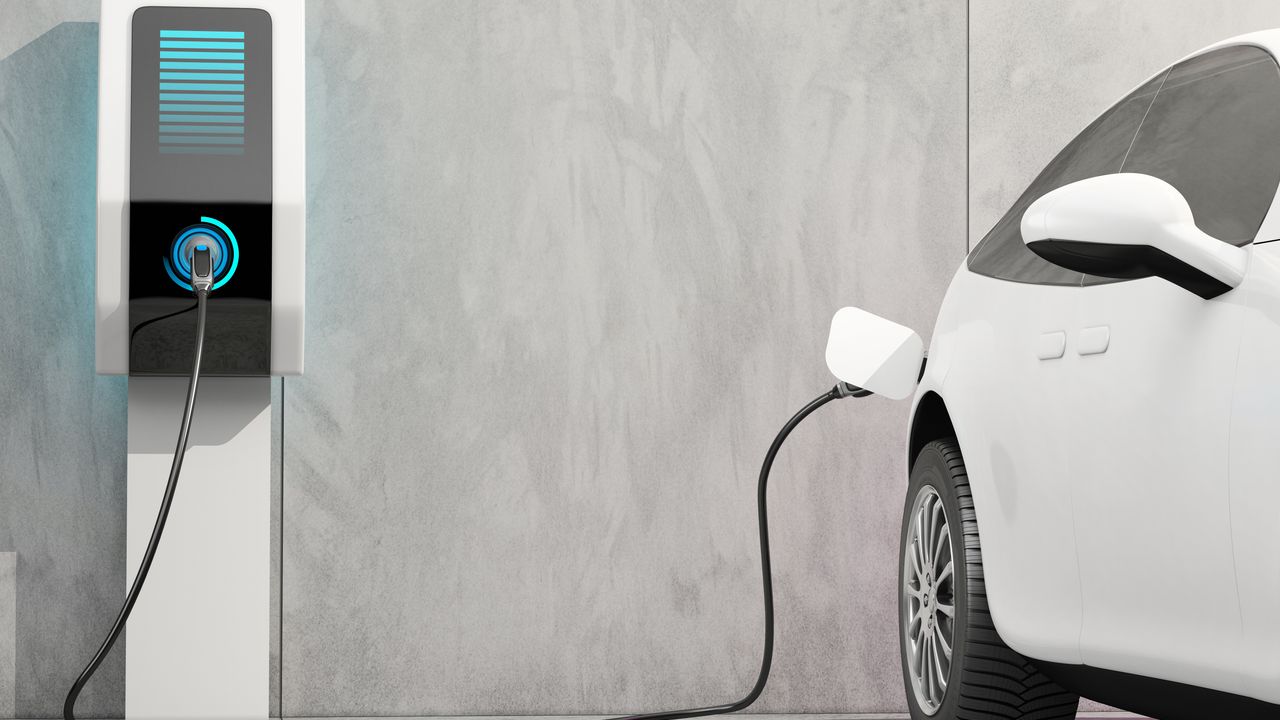EV Charging Infrastructure Monitoring: Ensuring Scalability, Real-time Monitoring, and Uptime
As the demand for electric vehicles (EVs) continues to rise, the need for a robust and reliable charging infrastructure becomes increasingly critical. EV charging infrastructure monitoring plays a vital role in ensuring scalability, real-time monitoring, and uptime of charging stations. In this article, we will explore the importance of monitoring EV charging infrastructure and how it can contribute to a seamless charging experience for EV owners.
Charging Infrastructure Scalability
Scalability is a key consideration when it comes to EV charging infrastructure. As the number of electric vehicles on the road grows, the charging infrastructure must be able to accommodate the increasing demand. Monitoring the charging infrastructure allows operators to identify potential bottlenecks and plan for future expansion.
By analyzing data on charging patterns, usage trends, and peak hours, operators can make informed decisions about adding new charging stations or upgrading existing ones. Scalability ensures that EV owners have access to charging stations when they need them, reducing the risk of long wait times or unavailability.
Charging Infrastructure Real-time Monitoring
Real-time monitoring of charging infrastructure is essential for maintaining optimal performance and addressing any issues promptly. With real-time monitoring, operators can track the status of charging stations, identify faults or malfunctions, and take immediate action to resolve them.
Real-time monitoring systems can provide valuable insights into the health of charging stations, including information on charging speeds, power usage, and connectivity. This data allows operators to proactively address any issues that may arise, minimizing downtime and maximizing the availability of charging stations.
Furthermore, real-time monitoring enables operators to detect and respond to any security threats or unauthorized access to the charging infrastructure. This ensures the safety and integrity of the charging stations, protecting both the operators and the EV owners.
Charging Infrastructure Uptime
Uptime is a critical factor in the success of any charging infrastructure. EV owners rely on charging stations to be operational whenever they need to charge their vehicles. Monitoring the charging infrastructure helps ensure maximum uptime by identifying potential issues before they cause a complete system failure.
By continuously monitoring the performance of charging stations, operators can detect signs of equipment degradation or impending failures. This allows for proactive maintenance and repairs, minimizing downtime and ensuring that charging stations are available when EV owners need them.
Additionally, monitoring can help operators optimize the utilization of charging stations. By analyzing usage patterns and identifying periods of low demand, operators can schedule maintenance activities or upgrades during off-peak hours, minimizing disruption to EV owners.
Conclusion
Monitoring EV charging infrastructure is crucial for ensuring scalability, real-time monitoring, and uptime. By analyzing data and tracking the performance of charging stations, operators can make informed decisions about expansion, proactively address issues, and maximize the availability of charging stations. This ultimately contributes to a seamless charging experience for EV owners and supports the continued growth of the electric vehicle industry.
